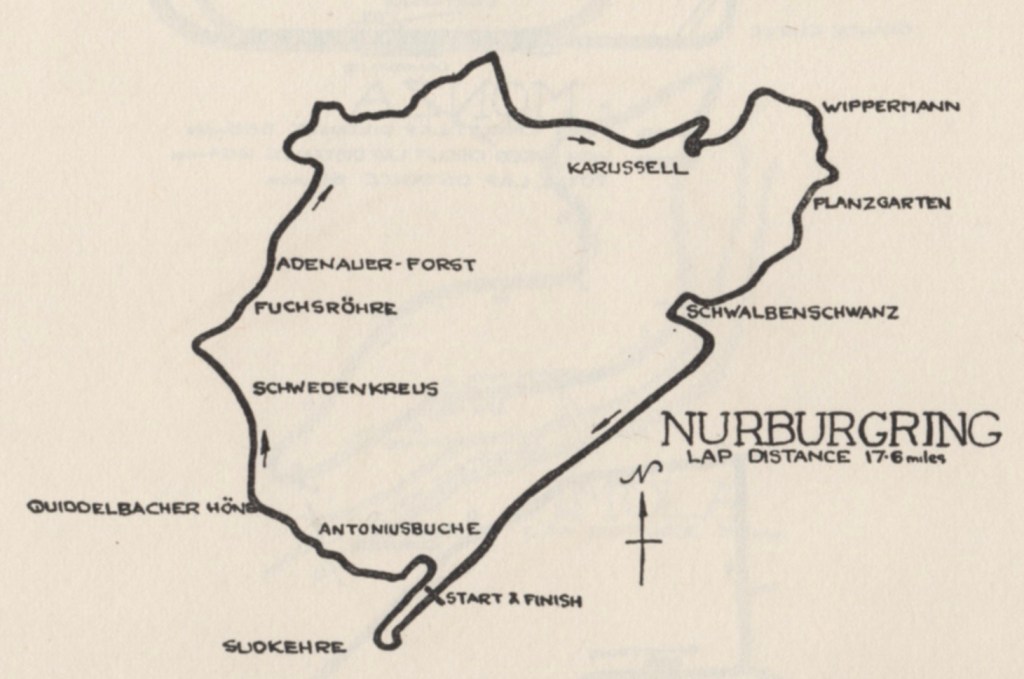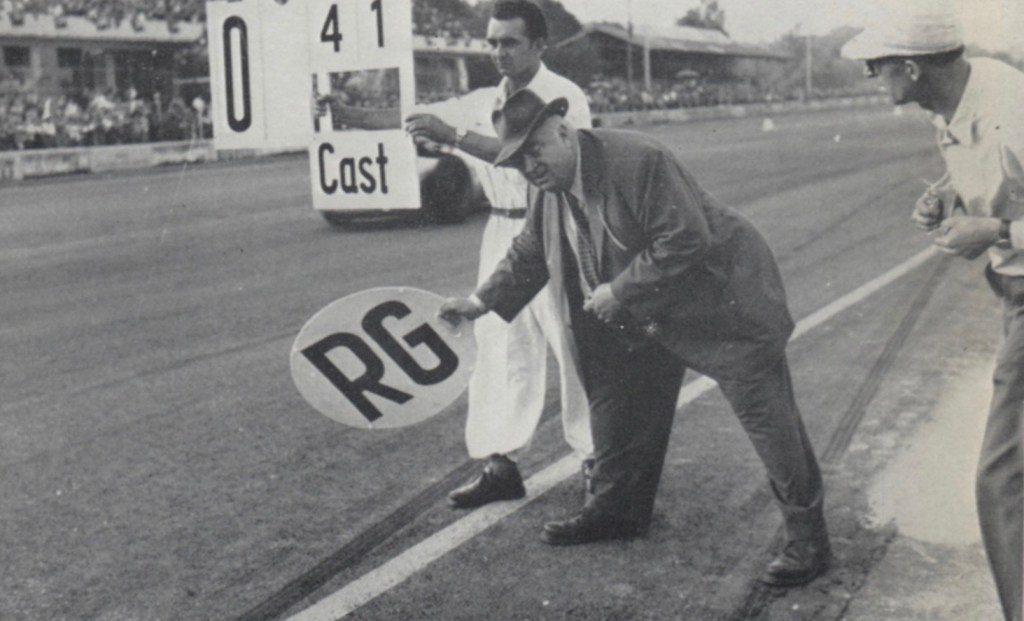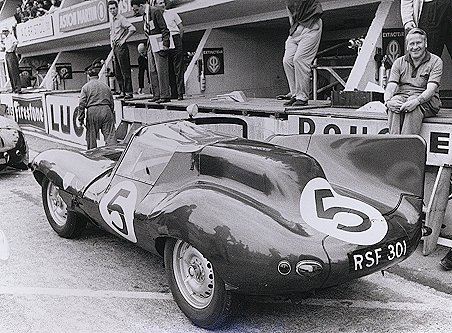Simanaitis Says
On cars, old, new and future; science & technology; vintage airplanes, computer flight simulation of them; Sherlockiana; our English language; travel; and other stuff
WILLIAM SHAKESPEARE—MOTOR RACING ENTHUSIAST
IN APRIL 1963 R&T (and not part of any April Fooling), J.H. Greene offered “Shakespeare on Sports Cars,” a thoughtful literary analysis confirming that the Bard of Avon was a motor racing enthusiast.
On Heel-and-Toe Downshifting. “The villain is much lighter-heeled than I/ I followed fast, but faster did he fly.”—Midsummer Night’s Dream, Act III, Scene 1.

Clearly a Bitsa. “I think he bought his doublet in Italy/ his round hose in France,/ his bonnet in Germany,/ and his behavior elsewhere.”—Merchant of Venice, Act I, Scene 3.

Autocrossing a Pinto Wagon. “What is the course and drift of your compact?”—Comedy of Errors, Act II, Scene 2.

Deft Cornering. “Be plain, good son, and homely in thy drift.”—Romeo and Juliet, Act II, Scene 4.

Difficulties at Nürburgring. “And how unwillingly I left the ’ring!”—Merchant of Venice, Act V, Scene 1.

Complimenting the Pit Crew. “I am well acquainted with your manner of wrenching.”—Henry IV, Act II, Scene 1.

Tough Competition. “Our enemies have bent us to the pit.”—Julius Caesar, Act V, Scene 5.

Touring in a D-Type Jaguar. “… this frail and worthless trunk!”—Henry V, Act III, Scene 6.

A Broken Con Rod? “My better parts are all thrown down;/ That which remains is but a mere worthless block.”—As You Like It, Act 1, Scene 2.
Pleased with the Tire Change. “I like the new tire…”—Much Ado About Nothing, Act III, Scene 4.
The Bard of Avon. Come to think of it, Greene didn’t note this back in 1963, but Avon was one of the suppliers to Formula 1 racing for 1954, 1956–1959, and returning for two years, 1981–1982.

Avon Protection plc has specialized in rubber products ranging from respiratory equipment to diving suits to inflatable boats. Avon Tyre was sold off to American Cooper Tire & Rubber in 1997.
Wikipedia lists F1 tire manufacturers by season, beginning with 1950’s first official Formula 1 all the way to Bridgestone’s exclusive 2007–2010 and Pirelli’s current exclusive beginning in 2011 and scheduled to run until the 2024 season.
Run Whatcha Brung. Back in the early days, it was a truly international array of Italian Pirelli, American Firestone, British Dunlop, German Continental, and Belgian Englebert. Ferrari and Gordini, for instance, ran Engleberts. Goodyear got involved big time in 1964 and stayed around through 1998. Formula 1 Dictionary offers interesting statistics. (For instance, Continental is by one measure the most successful F1 tire manufacturer, but for a curious reason.)
Bias-ply. Note, back in the beginning, all were traditional bias-ply designs. Michelin introduced radials in 1978. Others soon followed, though I also recall tire wars in the 1980s with Michelin’s radials versus Goodyear’s bia-ply designs.
And little Avon was there, albeit sporadically and bereft of podia. As author Greene cited, Richard III said in Act II Scene 2, “How he did lap me!” ds
© Dennis Simanaitis, SimanaitisSays.com, 2022

Campaigning an early Peugeot on a vintage board track?
“…can this cockpit hold
The vasty fields of France? or may we cram
Within this wooden O the very casques*
That did affright the air…?”
Henry V, Act I, Prologue
*helmets
https://www.thestar.com/autos/2014/12/27/racing_on_wooden_tracks_was_fast_and_deadly.html
Great. Another bit of confirmation.
It seems that most Pintos burned oil. Perhaps as self-preservation, keeping the tailgaters at bay.
Ha. I included the Pinto wagon because I owned (and autocrossed) one. Its weight distribution made it quite competitive in class (a few trophies….).
I bought it originally because it would avoid the Virgin Islands 6% tax on imports.
It turned out my Pinto was built by Ford Canada and I got hit with the tax anyway.
I thought that under the AutoPact (pre-NAFTA) in place at that time that there was no distinction on cars made either in Canada or US, as they were considered “domestic built” in both countries regardless of which country they were assembled in.
Tell it to the U.S. Custom guy on STT c 1973.
Well done Sir ! .
-Nate
(who prefers wingtips)
Shakespeare also got in a dig at the authorities responsible for the roads (The Merchant of Venice, Act 5, Scene 1):
GRATIANO
This is like the mending of highways in summer, where the ways are fair enough